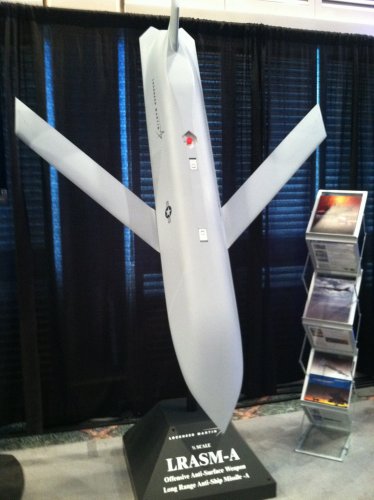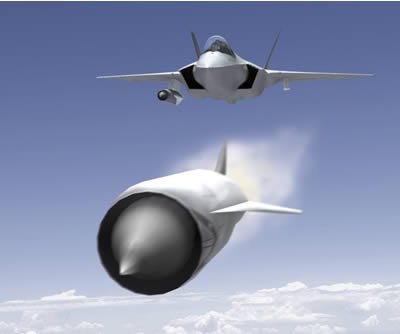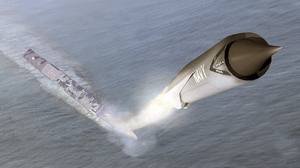- Joined
- 31 December 2006
- Messages
- 802
- Reaction score
- 363
Note also that the Navy is 100% poop-scared about the carriers right now. The sooner they can get a demonstrator working, the sooner they can proceed on (what I'm betting will be) a crash program for an operational LRASM. If they have a SLAT propulsion system that is, for all intents and purposes, "off-the-shelf", then propulsion is one less thing they have to worry about while getting the LRASM flying.
Besindes, the ASALM was state-of-the-art in its day, so you could just say the rest of the world has finally caught up.
Besindes, the ASALM was state-of-the-art in its day, so you could just say the rest of the world has finally caught up.




